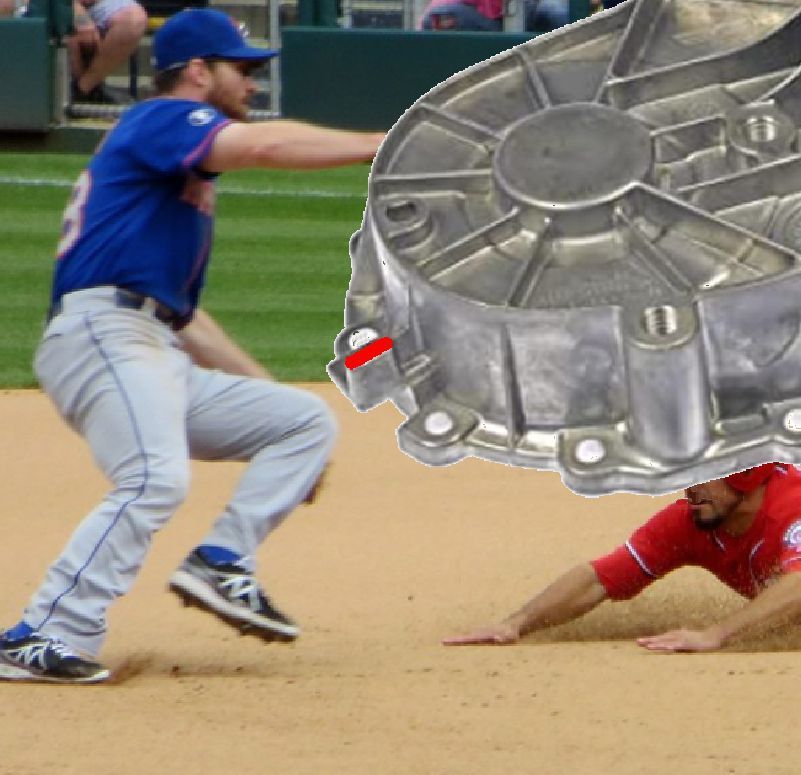
Around 1450 Gutenberg used a press to accomplish 2D printing. Within this press were shaped inserts retained by a holder. From these humble beginnings we now do 3D printing in 10,000 ton presses. It is called high pressure die casting. Many of the challenges are the same. The inserts and the holder must be strong enough to withstand the applied pressure of the press.
Designing the ejector side of the die has always been challenging. A hollow for the ejector plate must exist behind the insert(s). This is exactly where support is needed. The normal practice is to utilize support pillars. The desired shape of the final casting imposes restrictions on where ejector pins can be located. Many times the placement of ejector pins results in smaller pillar diameters that we would like. Pillars that are too small in diameter print into the ejector back plate (or platen) and the holder. This results in a casting with incorrect dimensions. A printed back plate is pictured. Using a pllar that has a mushroom back end and a front end contacting the back side of the insert itself is the easiest fix. 45 Rc material can be used to make this pillar such that it does not print under load.


